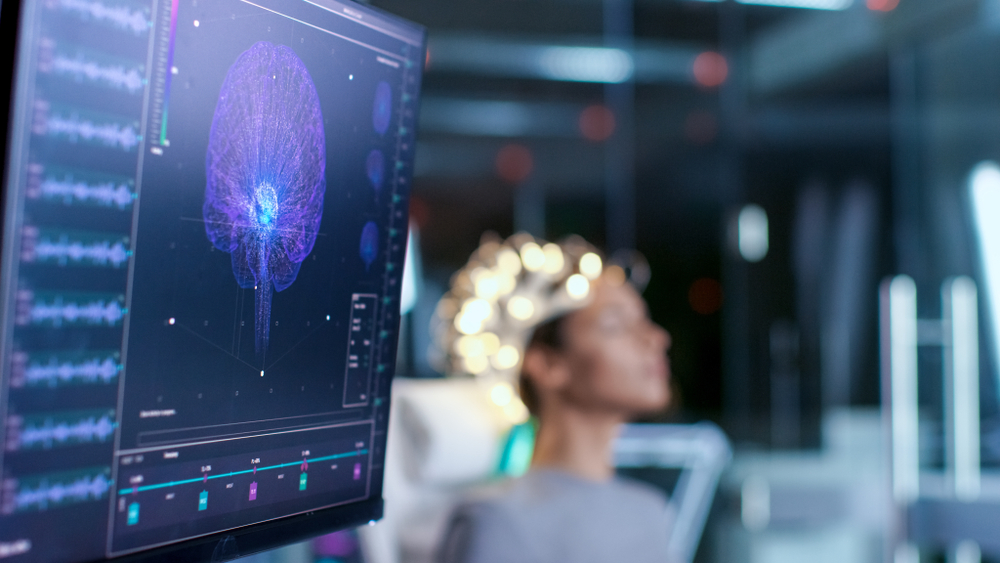Australian breakthrough mimics both eye and brain, slashing energy use and boosting real-time performance
Others are reading now
A new generation of computing may be closer than expected. Advances in neuromorphic engineering — the development of systems that mimic human brain and sensory functions — promise dramatic shifts in how machines interpret the world around them.
And a recent breakthrough from Australia could be among the most important steps yet.
A Tiny Device with Big Potential
Engineers at the Royal Melbourne Institute of Technology (RMIT) have developed a revolutionary chip that processes visual information the way our brains and eyes do.
Unlike traditional digital systems that rely on external processing units, this chip operates independently — capturing, analyzing, and storing visual data in real time.
Also read
The secret lies in its neuromorphic design and use of molybdenum disulfide (MoS₂), a metal compound just a few atoms thick.
As reported by tech.wp.pl, this material allows the chip to sense light and immediately register changes in its surroundings — not just recognizing motion but forming visual memories as well.
Towards Safer Autonomous Systems
The implications are vast. In environments where speed and safety are critical — such as autonomous vehicles or advanced robotics — a system that reacts without needing to process high volumes of raw data could make life-saving decisions faster than current technologies allow.
“Neuromorphic vision systems, still years away from mass deployment, could instantly detect changes without data overload, allowing split-second responses that might save lives,” said lead researcher Prof. Sumeet Walia, who also directs RMIT’s Centre for Materials for Electronic and Optical Sensors.
Looking Ahead
The prototype has already demonstrated an ability to detect hand gestures in real time without recording frame-by-frame footage — a significant efficiency leap. RMIT researchers plan to expand this design into larger image sensors and integrate it with digital infrastructure.
The university has filed a provisional patent, and the full research has been published in Advanced Materials Technologies.
If successful, this could mark the beginning of a new computing paradigm — one built not on mimicking machines, but mimicking ourselves.


